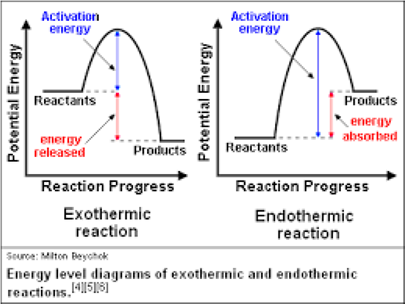How To Determine the percentage composition of unknown liquid by surface tension method?
Experiment:
Determine the percentage composition of unknown liquid by surface tension method.
Apparatus:
Stalagmometer,
specific gravity bottle, screw type pinch cock, beakers, rubber tube, balance,
stand etc.
Procedure:
The
composition of this mixture can be determined as follows:
·
Prepare
various compositions of the two liquids (water and a miscible organic liquid)
Sample No. 1 2 3 4 5 6
Org. liquid (%) 100 80 60 40 20 0
Water (%) 0 20 40 60 80 100
·
Find
out the no. of drops of each composition using a stalagmometer (Drop Number
Method).
·
Count
the no. of drops of the given mixture in the same way as for the mixtures of
known compositions.
·
Plot
a graph between the %age compositions and their respective no. of drops.
·
By inserting
the no. of drops for the given mixture, find the %age composition of given
mixture of liquids.
Material
Related to Multiple Choice Questions / Viva Voce
·
Surface
tension of a liquid is also called Interfacial Tension.
·
The
ratio of surface tension of a liquid to that of some standard liquid such as
water is called Relative Surface Tension.
·
Stalagmometer
is also called Drop Pipette.
·
Surface
tension makes the surface as small as possible for a given volume of a liquid.
Therefore drops and bubbles of liquid acquire a spherical shape (Among various
geometric shapes, sphere has the minimum surface to volume ratio)
·
A
drop falls from the lower end of a drop pipette when the weight of the liquid
forming the drop becomes slightly greater than the total supporting surface
tension (equal to 2p rg).
·
Angle
between a drop of liquid and the surface of a solid is called Contact Angle.
The angle between the surface of a liquid in the capillary tube and the wall of
the tube is also the contact angle.
·
Volume
occupied by the mole (molecular mass expressed in grams) of a liquid at a given
temperature is called Molar Volume of the liquid.
·
Relative
density is also called Specific Gravity which is the ratio between the
density of a substance and the density of a standard substance (water).
·
Specific
gravity of a substance = Density of substance/ Density of water
·
Parachor is the measurement of molar volumes of liquids at a given
temperature when different liquids have the same surface tension. Mathematically
[P] = M1/4
g/D
Where
[P] is the parachor, M is the molar mass of the liquid, g is the surface tension and D is the density of the liquid.
·
The
value of Parachor is both additive and constitutive, i.e. its value depends
upon the atoms present called Atomic Parachor and also on the structural
units called Structural Parachor. With the help of the two, the total
parachor value of a compound can be calculated. Thus Parachor is useful in
deciding the chemical constitution of a compound.
·
Surface
tension of a liquid is decreased by rise in temperature due to decrease in the
strength of intermolecular attractive forces with rise in temperature.
·
Substances
like soaps, detergents, coal, catalysts, activated charcoal, clays, antibiotics,
bactericides and certain dyestuffs change the surface tension of a liquid and
are called Surface Active Agents or Surfactants. Detergents when added
to water, decrease its surface tension due to which its wetting ability is
increased.
·
In
case of solutions, surface tension is directly proportional to concentration.
·
Different
methods for the determination of surface tension include.
·
Capillary
Rise Method
·
Torsion
Balance Method
·
Stalagmometer
Method or Drop Method
·
Maximum
Bubble Pressure Method










Comments
Post a Comment